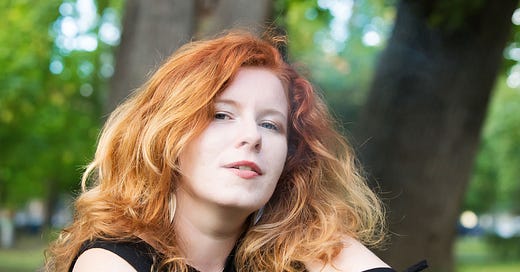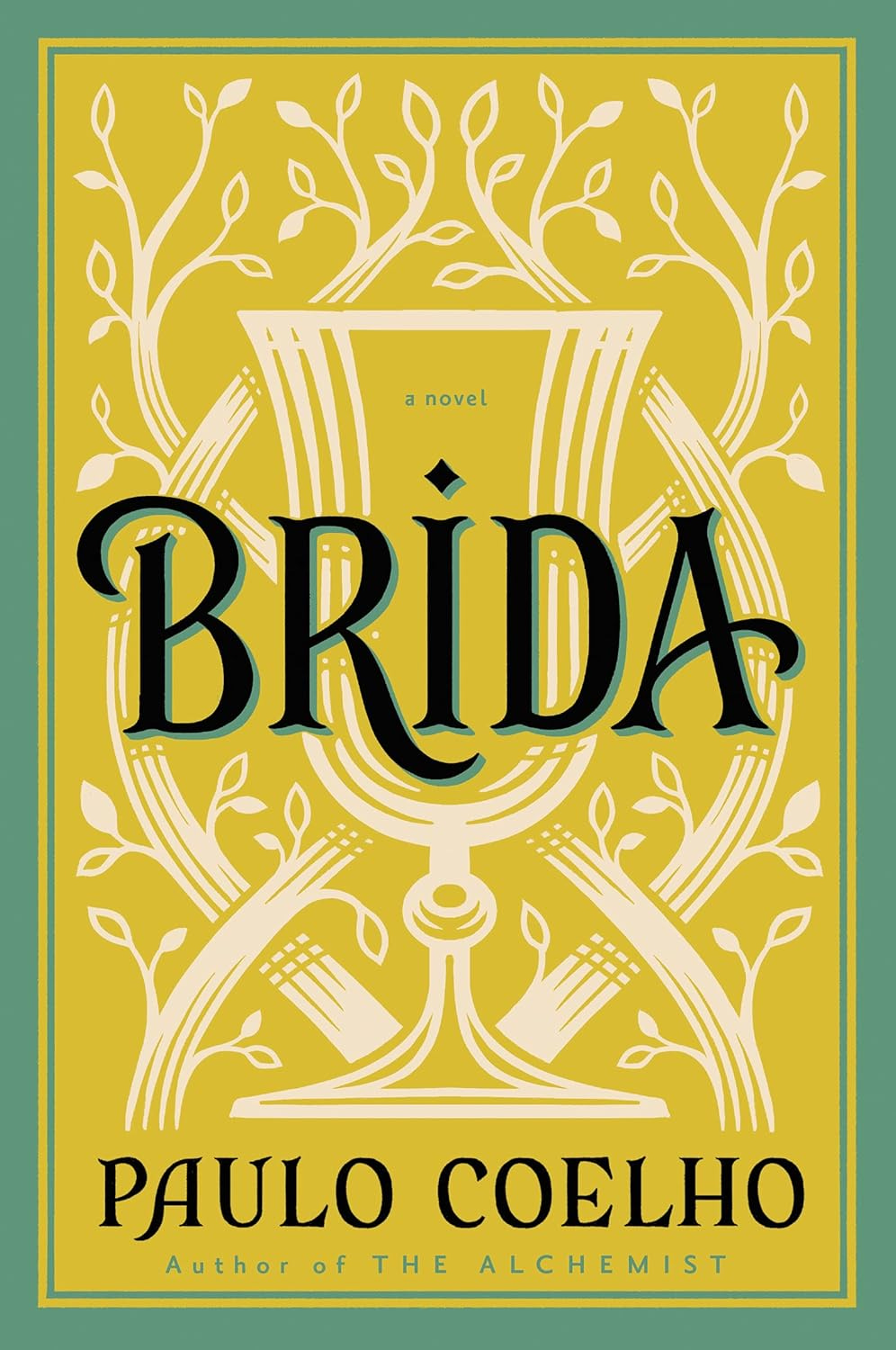“But how will I know who my Soulmate is?” Introducing 'Brida'.
The beautiful Irish girl who wants to be a Witch.
Introducing Brida.
(Photo credit Waterford Whispers News.)
Half of my ancestors are from Ireland (hence my Irish name), and my daughter’s DNA is 99% Irish. So you can imagine my interest was instantly piqued when Paulo published Brida, with its characters coming from the island. However, the ‘Irish-ness’ of the book ends there. This is not a classic Celtic Folk Tale (sorry to disappoint readers looking for another fable like The Alchemist). This book is primarily an examination of newly revived pagan traditions, some of which would have dominated people’s lives in pre-Christian times.
Here is our reading schedule for this book:
Week One: Monday, April 1st, Pages 1 to 64.
Including scenes: (Some titles are my invention) Prologue, Summer and Autumn, Magus of Folk, In the Darkness, In the Light, The Bookshop, Wicca, Tarot, Lorens, Tears, A Trick, Ears, Search for The Soulmate.
Week Two: Monday, April 8th, Pages 65 to 114.
Including scenes: (Some titles are my invention) Past Lives, Talbo, Loni, Your Gift, Science, Father, Asking, Demons, The Tradition of The Sun.
Week Three: Monday, April 15th, Pages 117 to 182.
Including scenes: (Some titles are my invention) Winter and Spring, Tradition of the Moon, The Witch, A Change of Clothes, The Voice, The Spring Equinox, The Cabin, Ulysses, W.B. Yeats, Doubt, I Don’t Know, Blake, The King of The Night,
Week Four: Monday, April 22nd, Pages 183 to 266.
Including scenes: (Some titles are my invention) Love at First Sight, Elysian Fields, Mother, Church, The Invite, Vision of Love, Great Mysteries, The Ceremony, The Party, Nakedness, Wisdom of Time, Initiation, The Pentagram, The Desert, Aura, Finding the Soulmate.
Main Characters:
Brida - The protagonist who is looking for her Soulmate and wants to be a Witch.
Magus - (Wizard) Brida’s chosen mentor and teacher of the Tradition of the Sun.
Wicca - (Witch) She leads Brida into an understanding of what a Soulmate is and initiates her into the Tradition of The Moon.
Lorens - Brida’s boyfriend
Paganism survived ‘underground’ in many parts of Europe throughout the last 2000 years and found a massive revival in the 1960s onward. Together with Eastern, South American, and African religions, it was woven into what was termed ‘The New Age’ beliefs that came to a peak of mainstream recognition in the 1980s and have continued their exponential growth and universal acceptance ever since - spurning a whole commercial industry.
Paulo Coelho’s Brida is set specifically in ‘Ireland - August 1983 - March 1984’ (ten years before he wrote the book) and is to my mind a ‘snap-shot’ of the core beliefs of modern paganism and how the key elements of the ‘Feminine Principle’ were coming of age into what had been two millennia of patriarchal dominance.
But the book also carries many more nuances of meaning than my simple assessment above and over the next four weeks I will choose the key themes and expand on them, rather than focusing on the book’s simple plot - I will leave you to work that out.
My interest is in how Paulo interprets the need for love - which he sees as the core human libido - within the context of paganism and also the ‘melding’ of these ancient beliefs within Irish Catholicism.
As Paulo says in Confessions of A Pilgrim:
‘The other pilgrimage I did was the ‘Road to Rome’. ( aka The Feminine Way). Its mission is to reveal the feminine side of our personality to us. From that experience came my book Brida, which is the story of a woman I met on that pilgrimage and whose experience was very close to my own. In some way, Brida is that woman I was looking for inside myself.’
We are in for a very interesting month and I hope you will join in with your comments and thoughts.






